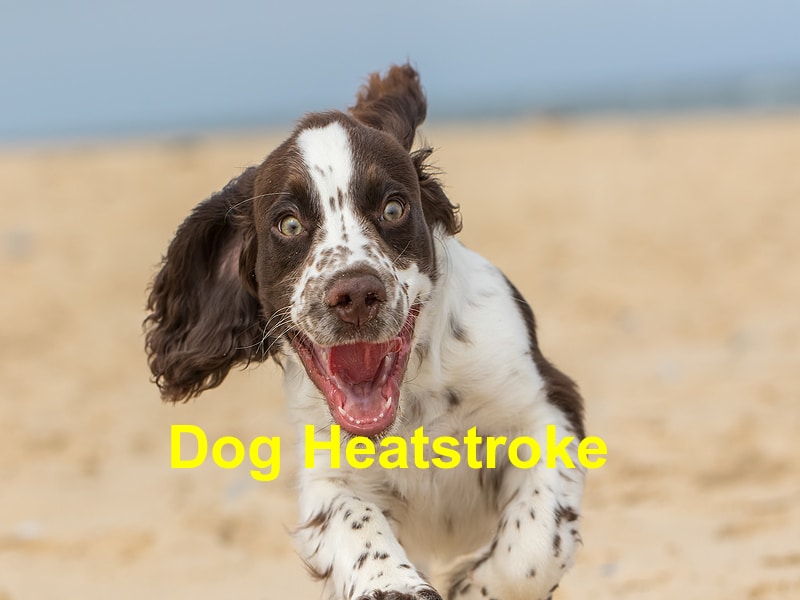Heatstroke is a state of elevated body temperature in animals which is also known as hyperthermia in medical terms. This condition occurs when the body temperature of the dog exceeds the normal body temperature, normally 103°F or 39.4°C. This condition is commonly associated with exposure to excessive external or environmental heat and begins to manifest even without prior signs of illness. In this article, we are going to introduce you to the main causes of heatstroke, its signs, and what you need to do about it.
Causes of Heatstroke
Heatstroke is common in hot weather or in hot regions and seasons. The main cause for this condition is hotter than normal weather. Moreover, leaving your dog in the car with inadequate ventilation can cause overheating which may lead to heatstroke as the dog’s body temperature rises very quickly. Dogs are not good at dealing with overheating since they lack the mechanisms to sweat adequately to cool their bodies. This further worsens the problem. Large breed dogs with thick hair coats are even more susceptible to the condition.
Signs of Heatstroke
Heatstroke is manifest in the behavior of the dog in very obvious ways. The most common means for demonstrating overheating is panting. However, a heat stroke is more serious and will lead to heavy panting accompanied by heavy breathing. Dogs will breathe heavily to the point that you will notice their side moving in and out rapidly. In addition, drooling is common in dogs in excessively hot weather. Excessive drooling is associated with excessive heating and could indicate heatstroke. In addition, dogs will exhibit lethargic behaviors like being sluggish and lack of activity. Lethargy is a more serious symptom of heatstroke and your dog will likely need to be treated by an emergency vet.
What to Do In Case of Heatstroke
The first and obvious step is to place your dog under a shed and prevent them from cool air conditioning. You can provide cold water for them to drink and cool off. You can also hose your dog down with cool or tepid water. In cases of overheating to the point of lethargy, we recommend consulting with a vet officer immediately.
Conclusion
Heat strokes in dogs are common in excessively hot weather and can be managed in simple steps. We recommend being keen on the above signs and taking immediate action whenever you see them.
References: VetEmergencyGroup, VCAhospitals





